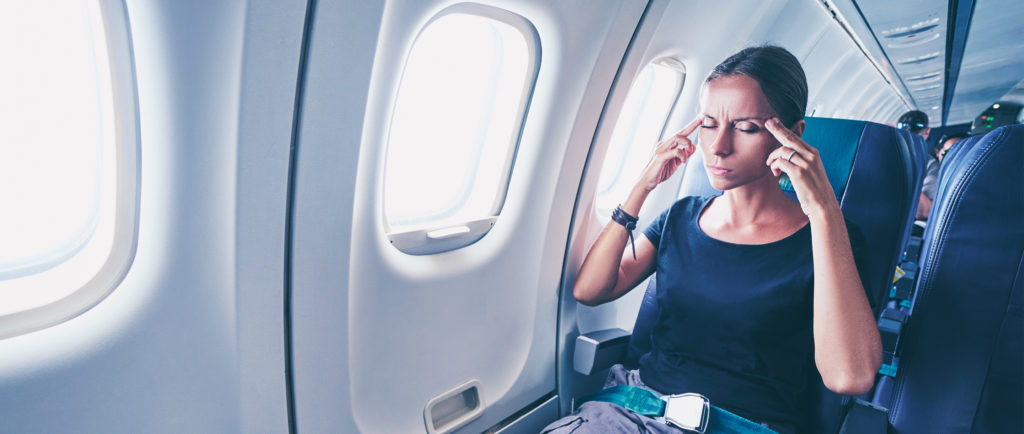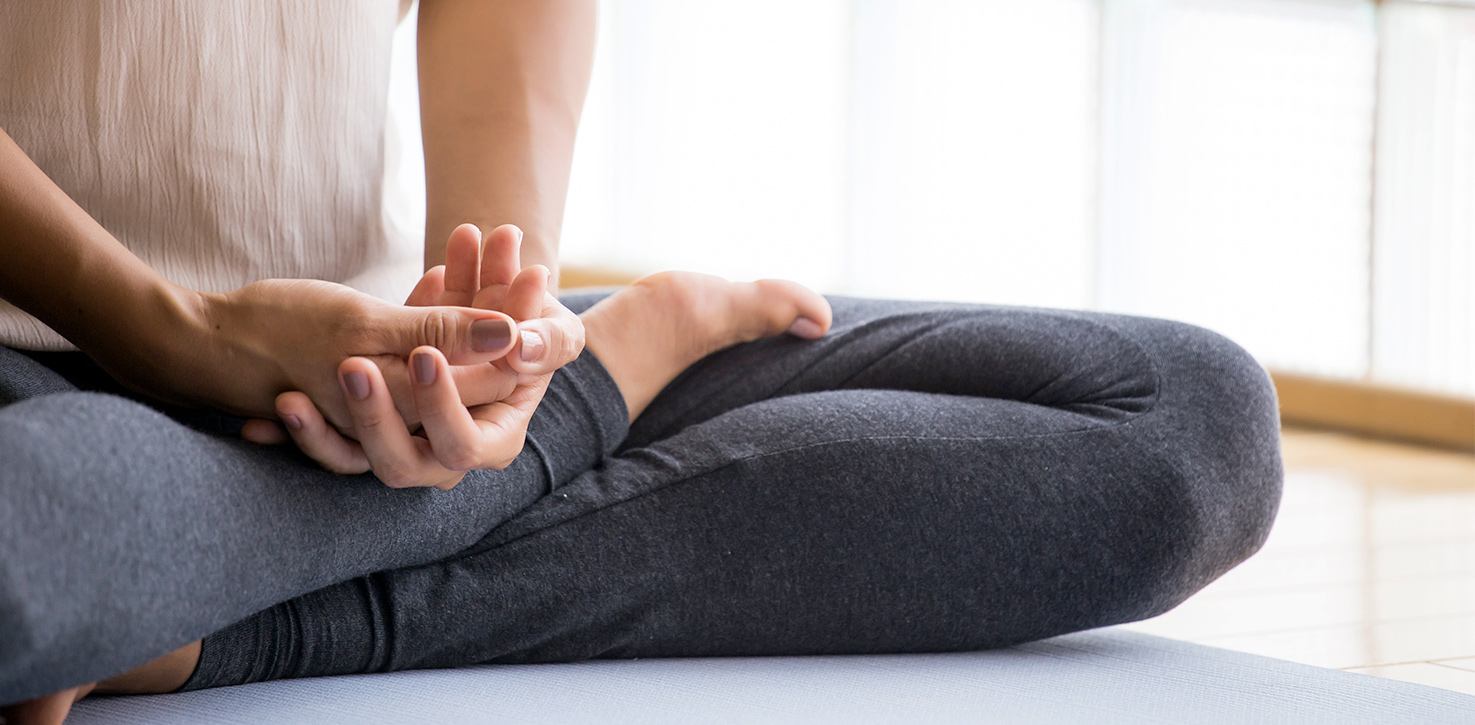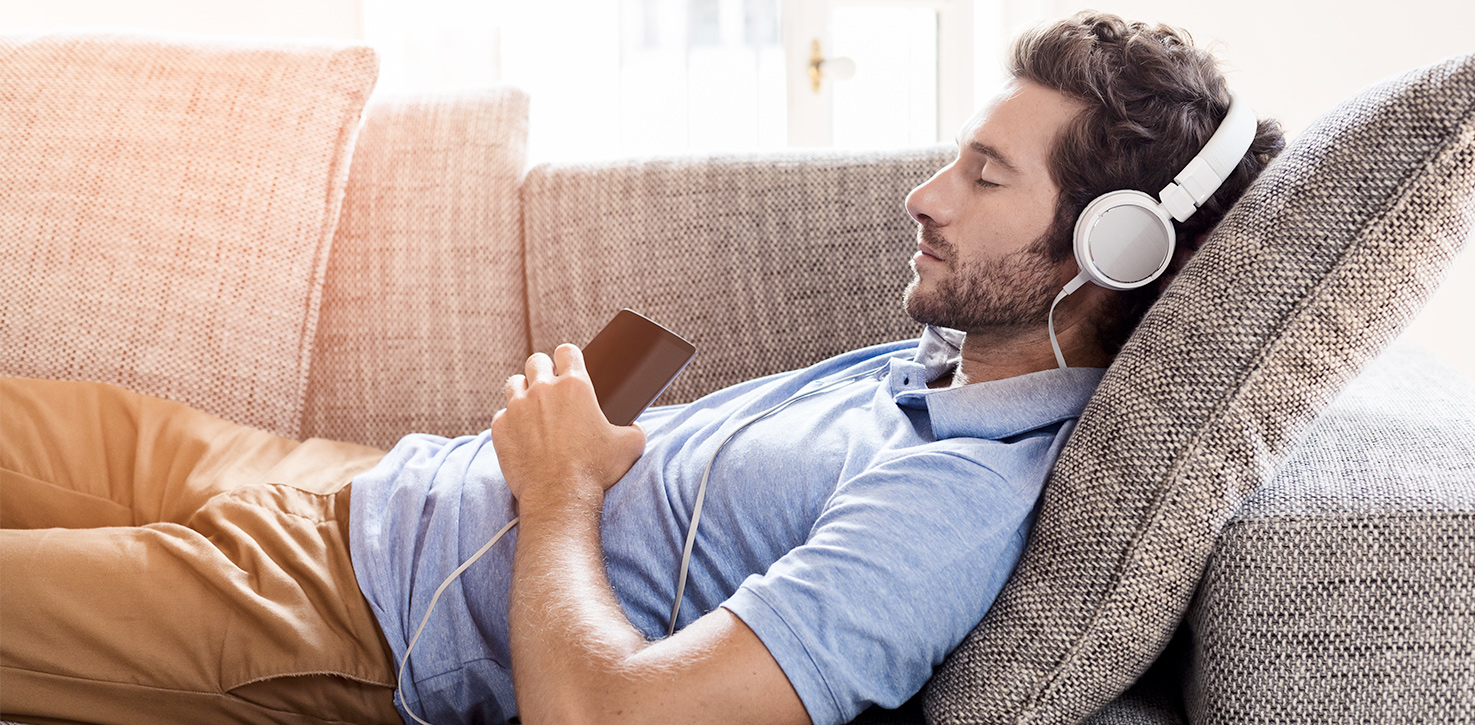
Fear of Flying? Here Are Some Coping Strategies
Get Ready for Takeoff
For people who enjoy flying on airplanes, it’s hard to imagine how anyone could be terrified of it. Those comfortable with flying will say things like, “You have a greater chance of being struck by lightning than being in a plane crash.” Unfortunately, simple logic isn’t always enough to combat the debilitating emotional effects some people experience when flying on a plane.
Fear of flying may be particularly difficult during seasons of high travel like spring break when many people fly to reach their vacation destination. For the person with aviophobia (clinical name for the fear of flying), now there’s another stressor to deal with: the feeling that they’re obligated to make the trip while everything inside them says don’t get on that plane!
Let’s first understand what fear of flying actually is and then explore some strategies to help decrease it.
When we entertain fearful thoughts, whether or not the fear is valid, our bodies release stress hormones that can impair or stop reflective function.
What Is Fear of Flying?
Fear of flying is classified as a “specific phobia.” The Mayo Clinic notes that the anxiety produced by specific phobias is nothing like the normal anxiety or “fear” one experiences when giving a speech or taking a test. Rather, “specific phobias are long lasting, cause intense physical and psychological reactions, and can affect your ability to function normally at work, at school or in social settings.”
When we entertain fearful thoughts, whether or not the fear is valid, our bodies release stress hormones that can impair or stop reflective function. When this happens, we have trouble distinguishing between reality and imagination.
Fear-of-flying expert Tom Bunn, who is both a pilot and a licensed social worker, says, “If reflective function is shut down, whatever is in the mind is experienced as perception, and thus as real. When thoughts of disaster shut reflective function down, these thoughts are experienced by the person as reality. The terrible thing being entertained in the mind seems certain to take place in real life.”
How to Decrease Your Fear of Flying
While medication and professional therapy are options for dealing with the effects of aviophobia, there are things you can do on your own that might prove very effective. Let’s look at six useful strategies, all of which can be done before or during a flight.

1. Mindfulness meditation
Just a few minutes of silence and mind clearing each day can make you less susceptible to the effects of stress. Simply sit or lie in a comfortable place, close your eyes, and focus on a positive phrase, such as “I am at peace” or “I am completely safe.”
2. Deep breathing
When stressed, we tend to take shallow breaths. By taking full, deep breaths through the nose and then exhaling slowly, stress can be reduced or even eliminated. Practice this technique for five minutes several times a day and see how you feel.
3. Relaxation and body awareness
Practice completely relaxing your body, part by part. You can start with your feet and work up, or with your head and work down. Imagine each body area becoming light and airy, with no tightness or strength. Stress can’t live in a relaxed body.

4. Music
Listen to your favorite feel-good music. It doesn’t have to be slow and subtle, just as long as it makes you feel empowered. Music also provides a distraction to what’s going on around you.
Knowing the facts about flight safety could give you enough ammunition to combat the fear of flying.
5. Visit the cockpit
If you’re one of the first to board the plane, ask a flight attendant if you can take a look inside the cockpit. Most pilots are happy to accommodate curious passengers, and actually meeting the men and women in charge of your flight may help create trust and offer peace of mind.
6. EDMR
This stands for eye movement desensitization and reprocessing, a form of therapy that has the patient follow the movement of the therapist’s hand while recalling or imagining a disturbing event. Gradually the therapist encourages the patient to focus on a more pleasant scenario. Used mostly to treat post-traumatic stress disorder, EMDR therapy also can be effective in various anxiety disorders by reducing the negative effects of disturbing memories.
We hope these strategies will help you better cope with the fear of flying and make vacation travel and travel throughout the year more peaceful and enjoyable.






















